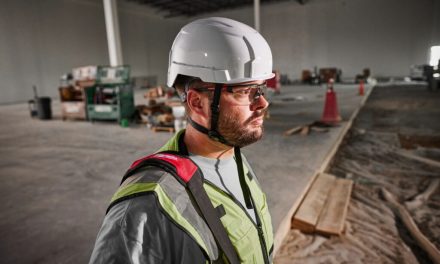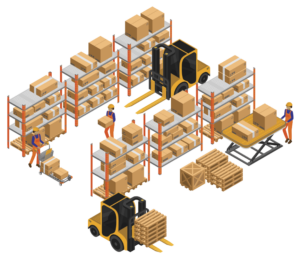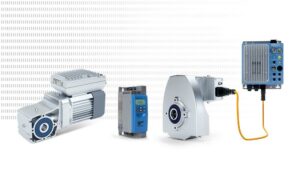Wearing a fall arrest system may not be enough to protect construction workers from injury.
By Rick Pedley, Contributor
Construction workers often find themselves working on elevated surfaces without rails and siding. Fall arrest systems and self-retracting lifelines (SRLs) can be used to prevent workers from falling over the side, but sharp and leading edges present risks of their own. A sharp edge is any corner that isn’t perfectly round, while a leading edge is an area on an elevated surface where workers are at risk of falling over the side.
Sharp and leading edges can damage fall arrest systems designed to catch construction workers when they fall. The lifeline can fray or sever, and the worker may fall further than expected when the anchor is at foot level. Managers and workers should be aware of these dangers and their potential impact on safety equipment.
The risks associated with leading and sharp edges include:
Damaged Lifelines
If the edge comes to a sharp point, it can damage lifelines designed to keep workers safe. The cable can fray or sever, increasing the chances of a fall. Lifelines made with webbing material tend to be the least secure. Most leading edge lifelines incorporate wire rope cable since it will be more resistant to cutting.
 Increased Fall Distance
Increased Fall Distance
If the anchor on the elevated surface is at foot level, the fall distance will increase. Workers should calculate the total fall height when the lifeline is deployed to ensure workers will be safe if they lose their footing. Positioning the anchor to the lifeline at shoulder height or directly overhead will decrease the fall distance.
Less SRL Reaction Time
Self-retracting lifelines will slow the fall when the lifeline coming out of the housing reaches the proper velocity. But the SRL may not gain enough velocity to engage the fall gear arrest when the anchor is placed at foot level. This makes for a harder fall while increasing the chances of injury.
Added Fall Arrest Forces
If the lifeline doesn’t engage or the line becomes frayed, the worker may fall further than expected. Crews may need to use additional energy-absorbing materials to prevent falls and related injuries.
Swinging and Dangling Hazards
Workers may end up swinging or dangling in the air during a fall once the lifeline has been engaged. The speed and trajectory of the fall can increase these risks. Workers in this position are at risk of hitting other objects, including the side of the building itself. The swinging or dangling motion can also cause the lifeline to fray or break apart if exposed to a sharp edge. Using a leading edge lifeline with wire rope cable can solve this problem. The cable is also less likely to rub against the sharp edge when the anchor is positioned at shoulder height or overhead.
Wearing a fall arrest system may not be enough to protect construction workers from injury when they are near leading or sharp edges. The sides of the work area or an unfinished building can damage the fall safety equipment, putting workers at risk. Crews should identify these hazards and adjust the anchor placement needed to make sure the fall arrest system will work properly without injuring the user in the process.
Rick Pedley is the President and CEO, PK Safety (pksafety.com).
The post Risks of Leading and Sharp Edge Situations in Fall Protection appeared first on Workplace Material Handling & Safety.





